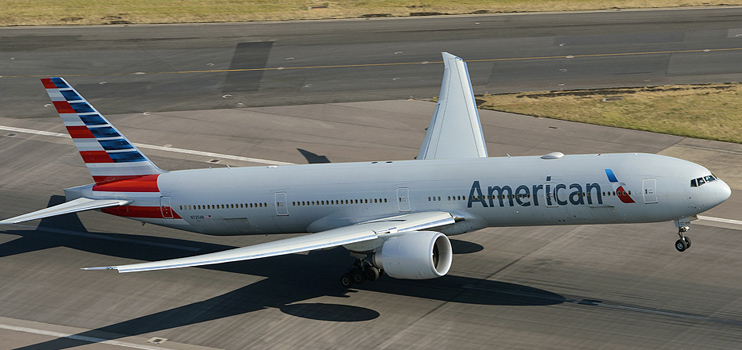Major changes in the world's biggest frequent flyer program aim to boost benefits for big spenders at the expense of once-a-year travellers.
More than 100 million global members of AAdvantage – the frequent flyer program of the world's biggest carrier, American Airlines – have been mostly bleating about the changes due to be implemented on August 1, 2016.
As with all successful frequent flyer programs, AAdvantage is moving the goalposts so that the points you thought you were earning are being devalued – unless you belong to the big-spending premium passenger demographic AAdvantage increasingly rewards.
The changes to the scheme, first publicised at the end of last year, re-align the earning of rewards with their dollar value rather than an abstract points value and the first reaction in online chat rooms has been mostly negative.
Half of the respondents in a poll at Flyertalk.com say the changes will either cause them to join another airline's loyalty program or make them become an "independent agent" with freelance loyalties.
On Facebook, one airborne road warrior, Amanda Workman, a Texas-based "global leadership consultant", laid on the emotional response. "My feelings are hurt, and I am incredibly sad," she says in comments reported by Skift.com. "It is as if a friend that I loved dearly just walked into the room and said 'I don’t want to be friends any more. You hold no value for me. I have judged you all along on who you were and you are simply not enough'.”
The proof is in the pudding, however, and AAdvantage is sticking by the changes. After 40 years of development and management of the contingent liability problem that airlines take on with loyalty programs, they remain a wildly successful form of marketing to which more and more air travel consumers flock.
In the case of American Airlines, changes were inevitable as the airline grappled with the integration of US Airways, which it officially took over in April 2015. Part of the process was finding a home for the 30 million US Airways frequent flyers, who have swelled the AAdvantage roll call to more than 100 million people.
"Our focus for the first year and a half (after the US Airways merger) was that we wanted a reliable single solution," says American Airlines Australia and New Zealand general manager of sales, Simon Dodd.
"So you saw us merge AAdvantage with (US Airways') Dividend Miles in our passenger service system Sabre. That integration went extremely well. We were very cautious in how we did that. This (new frequent-flyer program) is an evolution of that now that we've completed all of that integration process.
"It's now time to look at what we can do to improve the program and recognise our top-tier members. For example, we've launched a new elite status tier called Platinum Pro. The program really does recognise our top customers across American and also at Qantas.
"We have 100 million-odd frequent flyers globally, Qantas has over 10 million in Australia so the ability to leverage those programs on both ends of the new (Pacific) routes is pretty strong."
Commentators say the major changes to AAdvantage weren't unexpected and could have been worse.
The changes revolve around a new system where points earned are aligned with US dollars spent that escalate the more you ascend the status ladder:
Elite Status Level | AAdvantage member | Gold | Platinum | Executive Platinum |
Miles earned per USD spent† | 5 | 7 (40% bonus) | 8 (60% bonus) | 11 (120% bonus) |
The new Platinum Pro elite status level slots in between Platinum and Platinum Executive, earning nine points per US dollar spent.
Generally speaking, the points/dollars required to redeem international business class travel rise, but the number of points/dollars required to take some short-haul domestic US trips is reduced – similar to changes that AA partner airlines like Qantas made about two years ago. Points/dollars required for upgrade also increases.
As airline loyalty programs were always intended to encourage, the more you spend, the better you fare under the new program. On the other hand, if you aren't concentrating on increasing your status under the new system – that is, if you are an infrequent traveller down the back of the plane – you'll be affected by the increased number of points dollars required for redemptions in most categories.
"The ability to derive some benefits from business travel for personal or family opportunities is just very appealing to a very broad number of people," says American's vice-president for Asia Pacific, Erwan Perhirin.
"I think also the variety of options that are available to people for redeeming miles, not just on AA and QF, but also on all our oneworld and other tactical airline partners as well as hotels and cars just continue to make these programs appealing for people who travel. And the more loyal you are the more points you redeem and it's quite a rich program."
More information on the AAdvantage changes here.
























